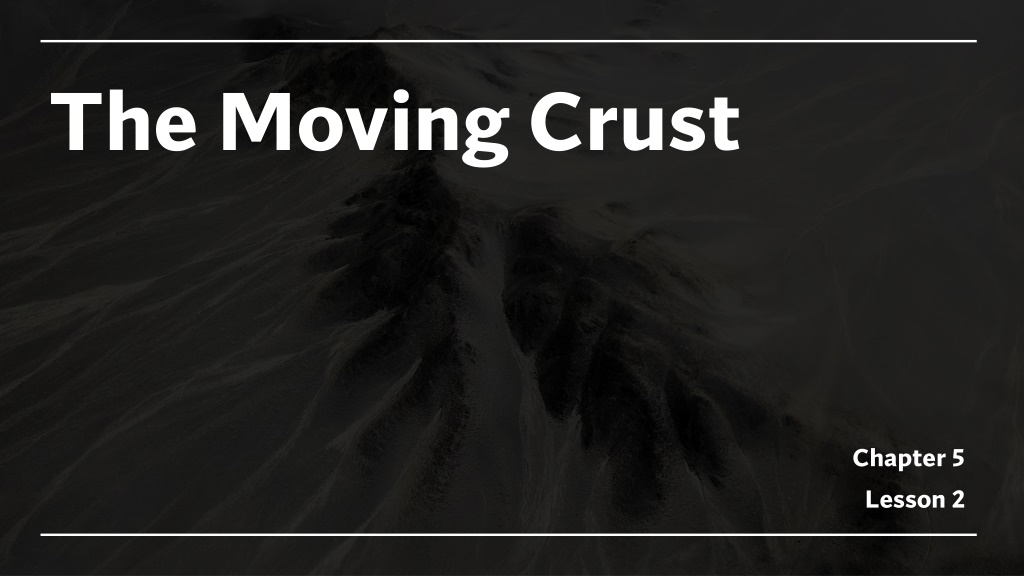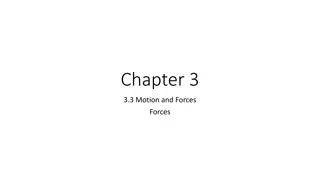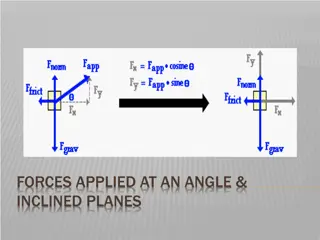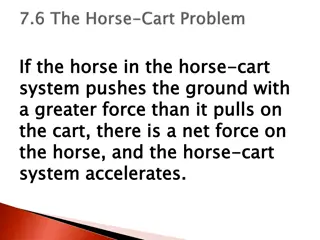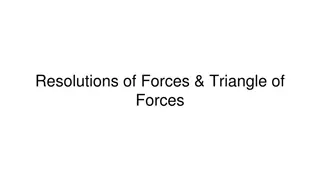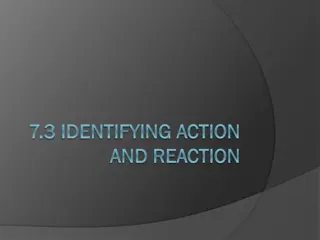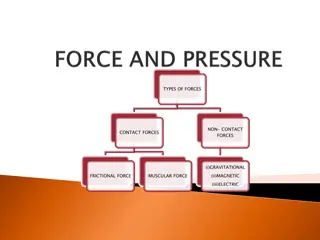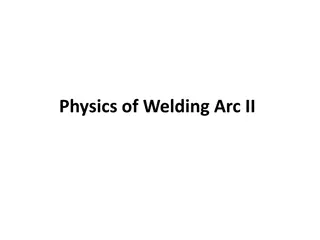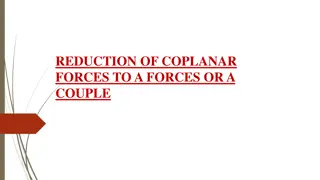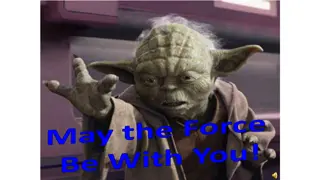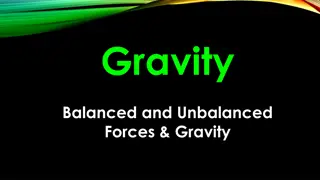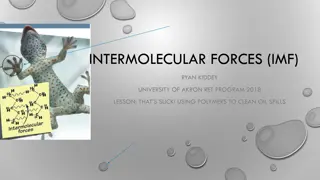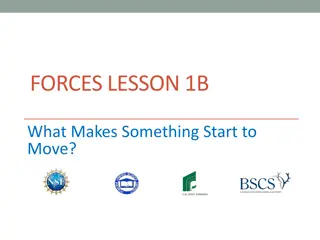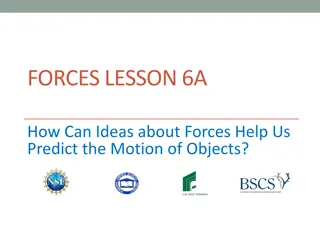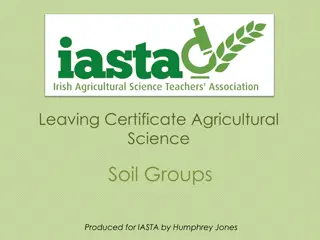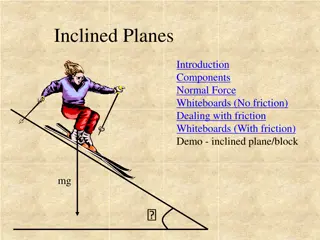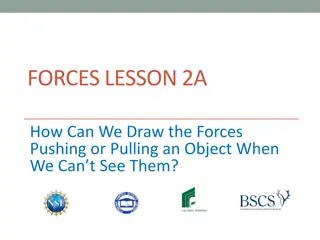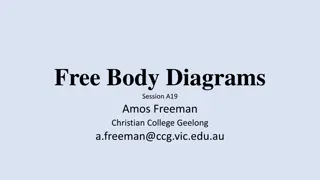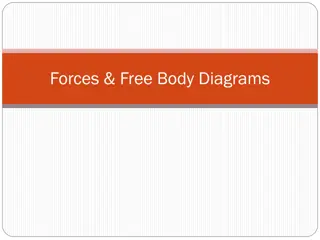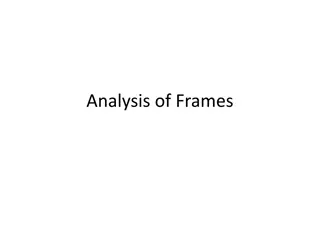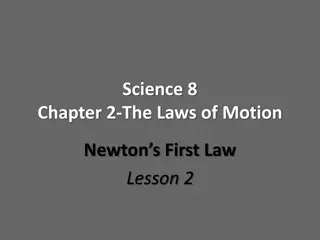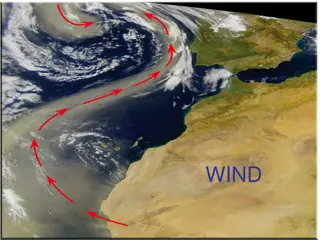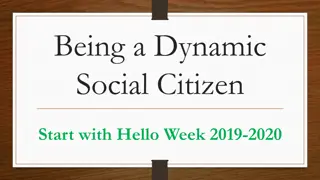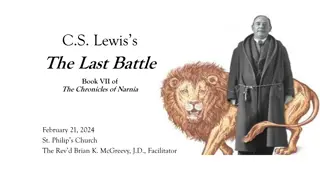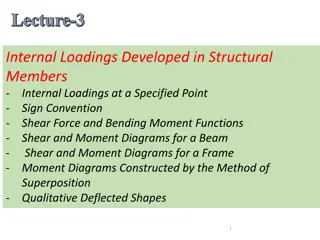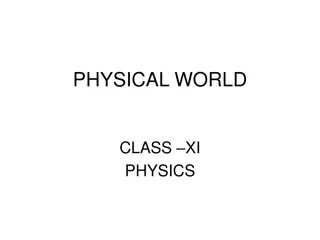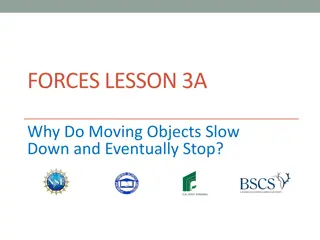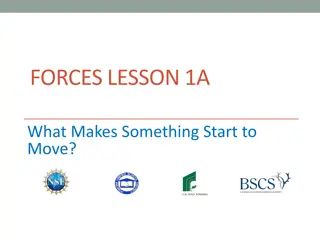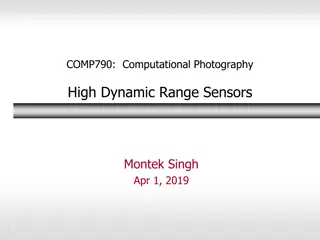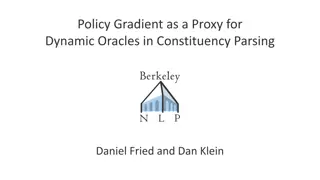Exploring Earth's Dynamic Forces - Chapter 5 Highlights
Learn about tectonic plates, faults, earthquakes, tsunamis, seismic waves, seismographs, volcanic activity, and more in this engaging chapter. Discover how the movement of Earth's crust gives rise to mountains, earthquakes, and other geological phenomena.
Download Presentation

Please find below an Image/Link to download the presentation.
The content on the website is provided AS IS for your information and personal use only. It may not be sold, licensed, or shared on other websites without obtaining consent from the author. Download presentation by click this link. If you encounter any issues during the download, it is possible that the publisher has removed the file from their server.
E N D
Presentation Transcript
The Moving Crust Chapter 5 Lesson 2
Pair up -Turn to the person sitting next to you. -Discuss what we think tectonic plates are.
Tectonic Plates The large sections that make up earth s crust and upper mantel are called tectonic plates.
Folds When plates slowly ram into each other, they can form bended rock layers, called folds
Fault A long, narrow crack in earth s crust is called a fault.
Mountains Tall landforms caused by folding or faulting are called mountains
Earthquake If the rock in earth s crust suddenly shakes, an earthquake occurs.
Tsunamis Underwater earthquakes can cause huge ocean waves, called tsunamis.
Seismic Waves The source of an earthquake creates seismic waves that travel outwards.
Seismograph A tool that graphs seismic waves as wavy lines is called seismograph.
How we measure the strength. -The magnitude of an earthquake is how strong the earthquake is. -The Richter Scale is how the magnitude of earthquakes are rated.
Seismic waves travel at different speeds along earth s surface and through earths interior.
Volcano A mountain that forms around an opening in earth s crust is a volcano.
Most volcanoes form near plate edges.
Magma/Lava A volcano is produced by melted rock, called magma, which erupts onto the surface as lava.
Hot Spots Some volcanos form over thin places in earth s curst, called hot spots.
In the Pacific ocean, an example of volcanoes that formed over a hot spot is the Hawaiian islands.
1 Sentence Quick Think 1 Minute 1 Idea about what we think it looks/happens when a volcano erupts.
A volcano eruption can send out melted rock (lava), gases, ash, or rocks into the air. https://www.google.com/url?sa=t&rct=j&q=&e src=s&source=video&cd=&cad=rja&uact=8&ve d=2ahUKEwiWtdzW9f36AhWBK1kFHT9ABd MQtwJ6BAgGEAI&url=https%3A%2F%2Fww w.youtube.com%2Fwatch%3Fv%3DCgpNqrR3 18U&usg=AOvVaw1NNYCumGO8aRyKUWZq a17h
Hawaii There are small earthquakes in Hawaii, but not real strong ones because strong earthquakes occur near plate boundaries.
